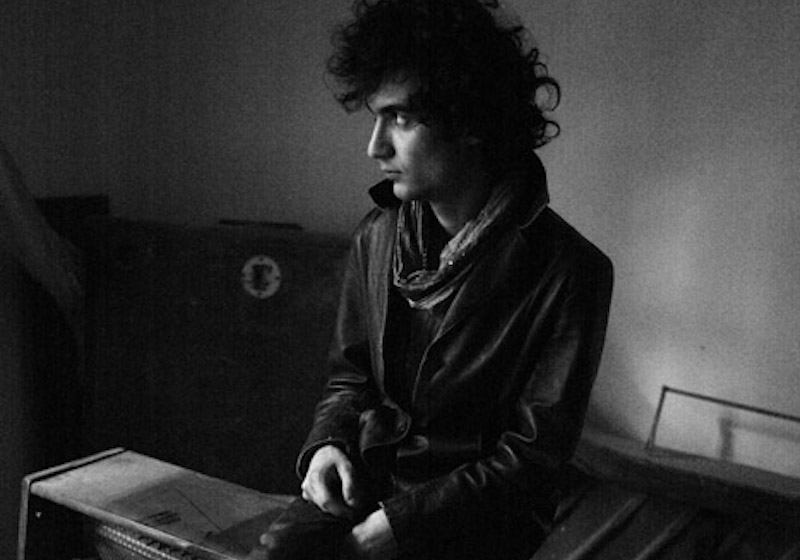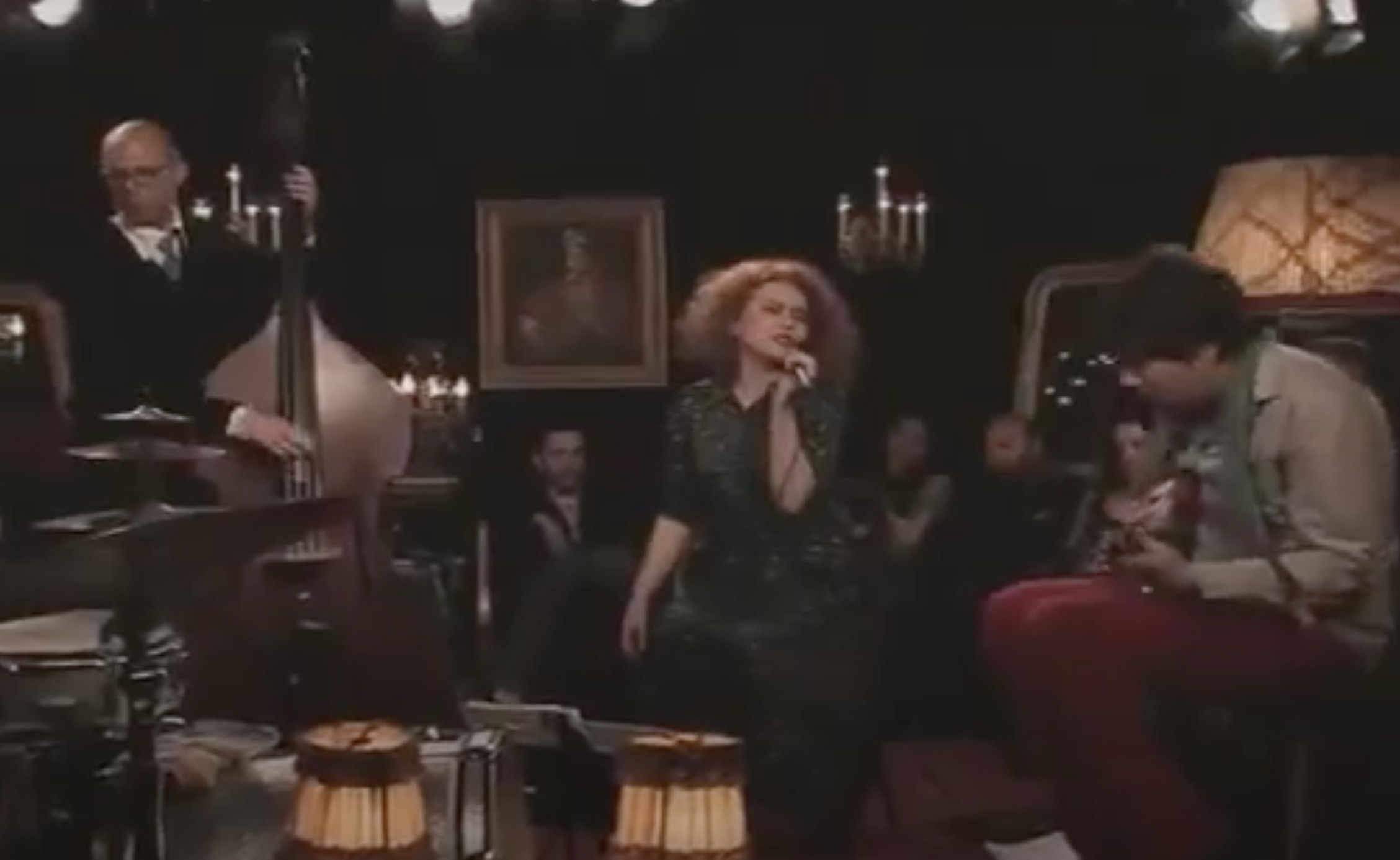Your guide to Tigran Hamasyan: the Armenian musician at the cutting edge of contemporary jazz

If you don’t recognise the name Tigran Hamasyan, five minutes spent listening to his 2020 release The Call Within will dispel any slumberous preconceptions about “relaxing jazz piano”. A face-melting mixture of post-bop jazz, prog metal and Armenian folk music, the high-energy Levitation 21 kicks off his most intense album yet, some distance from his more spatial back catalogue. Past the sonic onslaught however, there’s a lot to admire here too; the puzzling, unquantifiable cross-rhythms, the sheer pianistic ability, and the way intense textures dissolve effortlessly into gently pulsing washes of sound, before falling abruptly back into intensity once again.
Hamasyan was born in Armenia in 1981, and the country’s myths, legends and landmarks crop up throughout his output. Take For Gyumri, the 2018 EP named after Armenia’s second city and Hamasyan’s birthplace. Its opener, “Aragatz” refers to a volcano in the Armenian Highlands, a place of historic fortresses and monuments. For Gyumri builds on Hamasyan’s earlier release An Ancient Observer, where “Markos and Markos” retells a poem by Armenian poet Zahrad. On The Call Within, meanwhile, “Ara Resurrected” brings the legendary Ara the Handsome to life through Hamasyan’s own persistently intermittent style.
The category that Hamasyan falls into most regularly is jazz, although the hallmarks of that tradition aren’t necessarily apparent in his playing. There’s improvisation, often florid and exploratory, but it only hints at blues or post-bop. The harmonic world it inhabits is more indebted to the scales and modes of the Armenian folk diaspora. But for Hamasyan, it’s not as simple as growing up outside of a tradition and looking in. An introduction to the music of Armenia came as much through jazz musicians like Norwegian saxophonist Jan Garbarek and America’s Keith Jarrett as through the improvising musicians of Armenia.
Hamasyan and his family relocated to Los Angeles in 2003, and the young pianist quickly found success. Winning first prize in The Thelonious Monk Piano Competition in 2006 gifted Hamasyan new admirers in the shape of jazz piano’s greats – Herbie Hancock, Chick Corea, Brad Mehldau. His cohort weren’t bad either; Gerald Clayton and Aaron Parks, now with adventurous careers of their own, came second and third respectively.
Of the three finalists, Hamasyan’s sound is the most individually recognisable. Listen out for the vocals doubling the melody lines above rippling piano chords on “The Cave of Rebirth”. “Nairian Odyssey” takes this a step further, creating a self-contained trio of vocal melody, piano accompaniment and beatbox underlay. Shades of classical influences shine through too. “New Baroque 1” does exactly what it describes, taking a chorale in the style of Bach or Telemann and re-energising it (it’s electrified later on “New Baroque 2”). Here, the trills and turns of the baroque style find a cultural crossover, overlapping with the embellishments integral to Hamasyan’s folk-informed vocal delivery.
Behind the scenes, Hamasyan seems like an engineer behind a mixing desk, with sliders for concrete musical parameters (melody, texture, rhythm) and more abstract feelings (sparsity, intensity, emotion). The track “Traces” on his album Atmospheres are high in intensity, flipping between dense and sparse textures. Those same dials are turned to the max on The Call Within, spurred on by prog-metal guitarist Tosin Abasi and the modular synth sounds of drummer Arthur Hnatek. But even at its most high-octane, there’s always a sense of embeddedness across fusions, and in ‘Drip’ (with Berklee’s Middle Eastern Fusion Ensemble) there’s a place where it all culminates. Musically full-on but never unlistenable, and featuring improvisation, prog metal and vocal music in equal measure, Hamasyan’s work is a little bit nerdy but always great fun — and solidly constructed around musical cultures where sharing with others is paramount.


